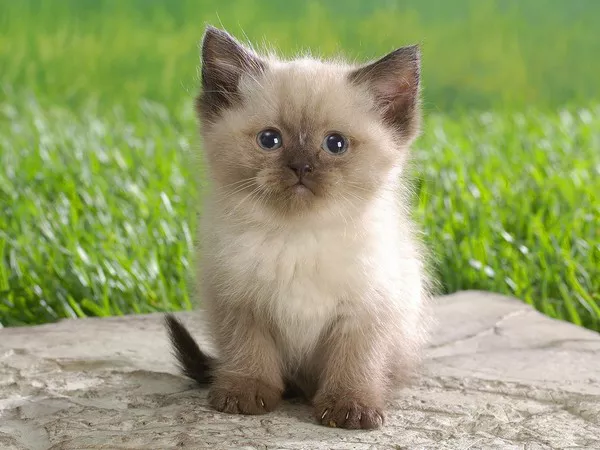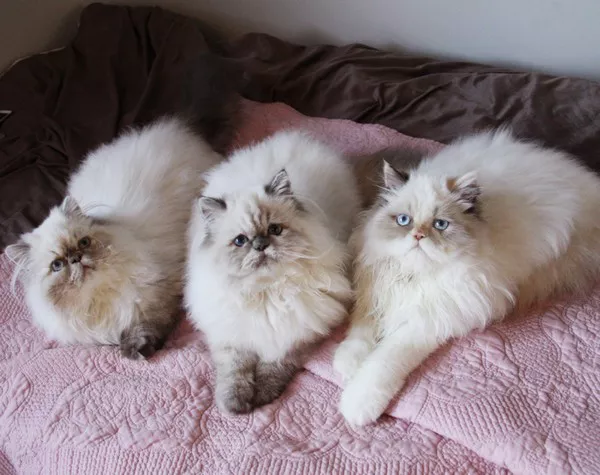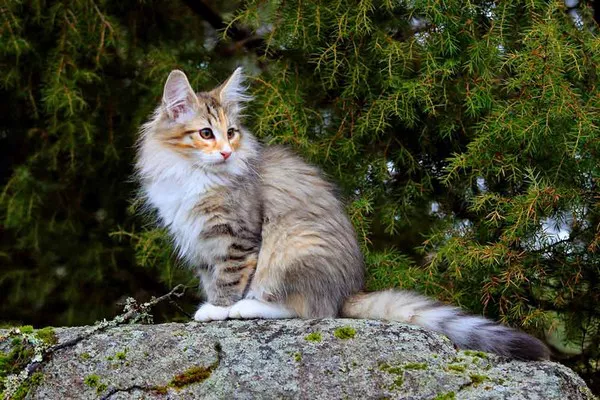Embarking on the journey of feline companionship often prompts questions about a cat’s ability to thrive in solitude. Among the myriad of breeds, the Himalayan cat, with its regal appearance and affectionate nature, captures the hearts of cat enthusiasts. In this comprehensive exploration, we delve into the intriguing question: Can Himalayan cats be left alone? Unraveling the layers of their temperament, independence, and needs, we aim to provide insights for cat owners seeking to balance their feline friend’s well-being with their own lifestyle.
The Independent Nature of Cats
Instinctual Independence
Cats, as descendants of solitary hunters, have retained a degree of independence in their domesticated lives. Unlike pack animals, such as dogs, cats are wired with a more solitary disposition. This intrinsic independence allows them to navigate periods of solitude more adeptly, making them well-suited for individuals or families with busy schedules.
Understanding Feline Behavior
To comprehend a Himalayan cat’s ability to be left alone, it’s crucial to delve into general feline behavior. Cats are crepuscular, meaning they are most active during dawn and dusk. This natural behavior aligns with periods when many individuals are away at work or school, creating an environment conducive to a cat’s independent nature.
The Himalayan Cat: A Brief Overview
Regal Appearance, Affectionate Demeanor
Himalayan cats, known for their striking color points and luxurious long coats, are a crossbreed between Persians and Siamese cats. Their royal appearance is complemented by an affectionate and social demeanor. Understanding the unique characteristics of Himalayans lays the foundation for evaluating their ability to cope with being left alone.
Social Creatures with Individual Preferences
Despite their regal bearing, Himalayan cats are social creatures that form strong bonds with their human companions. However, individual preferences may vary. While some Himalayans revel in human interaction, others may be more independent and comfortable spending time alone. Recognizing and respecting these individual differences is essential in meeting a cat’s emotional needs.
Assessing Your Cat’s Independence
Age and Developmental Stage
A cat’s ability to be left alone can be influenced by its age and developmental stage. Kittens, known for their boundless energy and curiosity, may require more supervision and engagement. As cats mature, their independence typically increases, allowing for more extended periods of solitude.
Individual Personality Traits
Just as with humans, cats exhibit a spectrum of personality traits. Some Himalayan cats may be more extroverted, seeking constant attention and interaction, while others may be introverted, content with solitary activities. Observing and understanding your cat’s unique personality is pivotal in tailoring an environment that aligns with its comfort level.
Previous Experiences and Socialization
A cat’s past experiences and level of socialization also play a crucial role in its ability to be left alone. Cats that have positive experiences during periods of solitude are more likely to adapt comfortably to being alone. On the other hand, a lack of socialization or traumatic experiences may contribute to anxiety when left alone.
Creating an Enriched Environment
Providing Stimulating Activities
To ensure a Himalayan cat thrives in solitude, creating an enriched environment is paramount. Interactive toys, scratching posts, and puzzle feeders can engage their minds and fulfill their natural instincts. Establishing a stimulating environment can prevent boredom and alleviate potential stress associated with being alone.
Safe Spaces and Hideaways
Cats, by nature, seek refuge in secure and elevated spaces. Designating safe spots and hideaways within your home allows a Himalayan cat to retreat and observe its surroundings. Providing cozy beds, cat trees, and secluded nooks creates a sanctuary for solitude, promoting a sense of security.
Feline Entertainment: TV and Music
Innovative solutions, such as leaving on a television or playing calming music, can be beneficial for cats left alone. Some cats respond positively to visual stimuli, while soothing sounds can create a serene ambiance. Experimenting with these forms of feline entertainment can contribute to a more relaxed atmosphere for your Himalayan cat.
Addressing Separation Anxiety
Recognizing Signs of Anxiety
While many cats adapt well to being left alone, some may experience separation anxiety. Recognizing signs of distress, such as excessive vocalization, destructive behavior, or changes in litter box habits, is crucial. Identifying anxiety early allows for proactive measures to address and alleviate the underlying causes.
Gradual Introductions to Solitude
For cats prone to anxiety, gradual introductions to periods of solitude can be beneficial. Start with short durations and gradually extend the time spent alone. Positive reinforcement, such as treats or affection upon return, reinforces the idea that being alone is a normal and non-threatening experience.
Balancing Independence and Companionship
Scheduling Quality Time
While Himalayan cats possess a degree of independence, scheduling quality time for interaction is essential. Engaging in play, grooming, and affectionate moments strengthens the bond between cat and owner. A well-balanced routine ensures that a cat’s emotional needs are met, even when left alone for extended periods.
Professional Assistance and Cat-Sitters
For individuals with demanding schedules, enlisting the help of professional cat-sitters or reliable friends and family members can provide additional companionship for your Himalayan cat. Regular check-ins and play sessions can alleviate the impact of prolonged solitude and contribute to a cat’s overall well-being.
Conclusion
In the nuanced world of feline companionship, understanding a Himalayan cat’s ability to be left alone requires a multifaceted approach. Recognizing their innate independence, assessing individual personality traits, and creating an enriched environment are pivotal steps in ensuring a cat’s well-being during periods of solitude. By addressing separation anxiety and balancing independence with companionship, cat owners can foster a harmonious relationship with their Himalayan companions. As guardians of these regal felines, our commitment to providing a nurturing environment reflects a profound understanding of their unique needs, ultimately enriching both our lives and the lives of our beloved Himalayan cats.



























